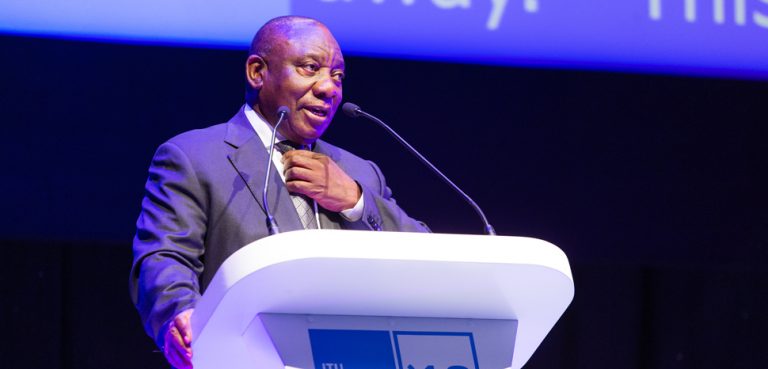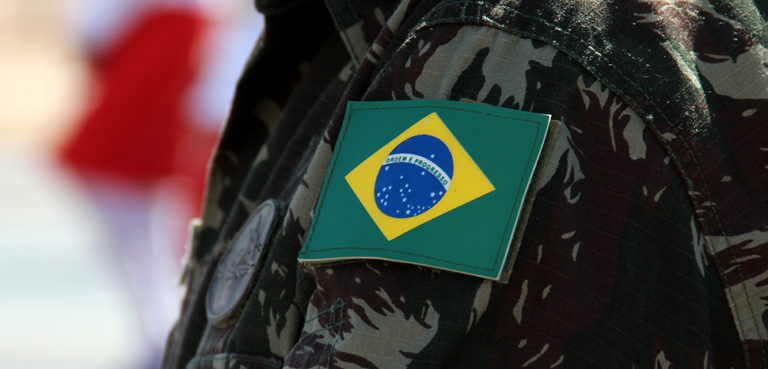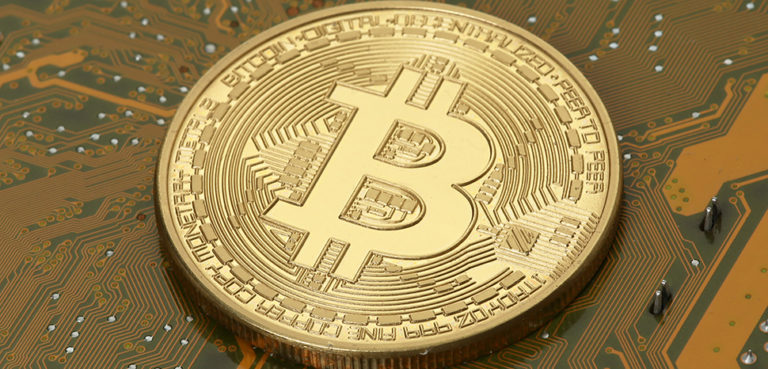Xi Jinping and Vladimir Putin aim to reduce US global dominance hinges on the process of global de-dollarization, or challenging the dollar’s status as the world’s currency. Other BRICS leaders, like Brazil’s Luiz Inácio Lula da Silva, Iran’s Ali Khamenei, and South Africa’s Cyril Ramaphosa, support this anti-US stance. Egypt, despite occasional alignment with the United States, also seeks to preclude the possibility of future sanctions by diversifying away from the dollar. Ethiopia’s economic impact is minimal, while Saudi Arabia and the UAE continue to benefit from the dollar’s global primacy.
Non-mainstream media outlets have extensively covered the purported de-dollarization efforts within BRICS, with headlines proclaiming “the BRIC currency swap is a global game changer” and “BRICS Push Currency Swap With 29 Countries Worth $550 Billion.” However, such reports are mostly speculative, and eye-catching figures like $550 billion tend to be aggregates of current trade volumes, bereft of any tangible backing in the form of official commitments or proposals from member states.
The idea of de-dollarization is not new; Russia, China, and other countries have been discussing it for decades. However, there have yet to be any significant movements in this direction. The most concrete steps taken include the establishment of swaps and the use of yuan in trade with heavily sanctioned members Russia and Iran—both of which will be explained later in this article—but this should not be conflated with any global move away from the dollar.
Should they wish to change this in the future, BRICS members would have several options for lessening reliance on the dollar: trading in yuan, establishing a BRICS currency, and/or conducting trade using their own national currencies. Each of these alternatives will be examined in detail below.
De-Dollarization Option 1: Yuan Supplants the Greenback
When the yuan was admitted to the International Monetary Fund (IMF) Special Drawing Rights (SDR) currencies in 2016, both Xi Jinping and numerous analysts saw it as a significant stride towards globalizing the yuan and reducing reliance on the dollar for trade settlement and foreign reserves. However, almost a decade later, despite China’s position as the world’s largest trading nation, the yuan hasn’t gained significant traction in international trade settlements. The dollar continues to dominate, representing 42% of global trade settlements, while the yuan accounts for only 2.77%. In terms of currency reserves, the dollar holds 59% of the global share, compared to the yuan’s 2.6%. Additionally, the dollar comprises 88% of all foreign exchange trading in global FX markets.
Part of the buzz surrounding global de-dollarization is due to the yuan overtaking the dollar last year as the primary currency in China’s cross-border trade, representing 49% of settlements. This shift is partly driven by China’s energy purchases from heavily sanctioned countries like Russia and Iran, where dollar use is restricted. However, it is crucial to highlight that 47% of China’s total cross-border trade still occurs in dollars, underscoring the continued significance of the dollar in China’s trade.




